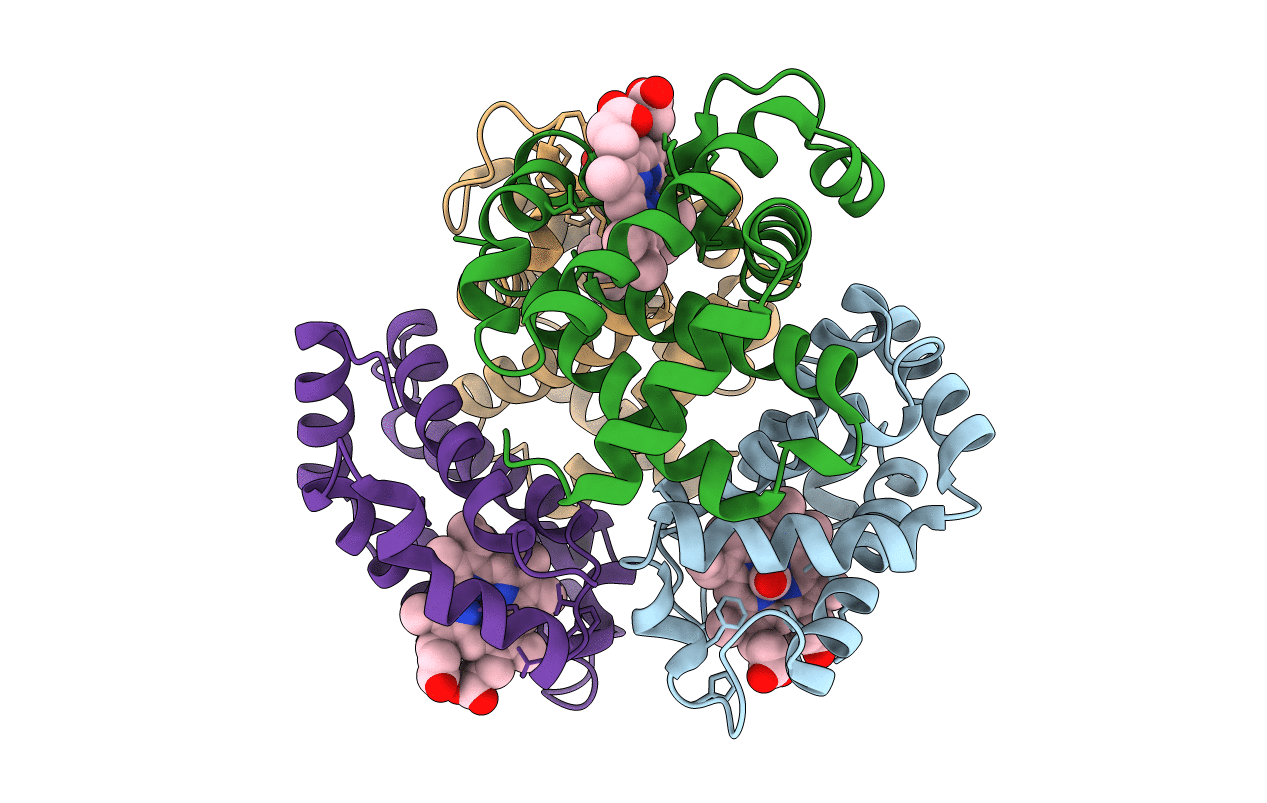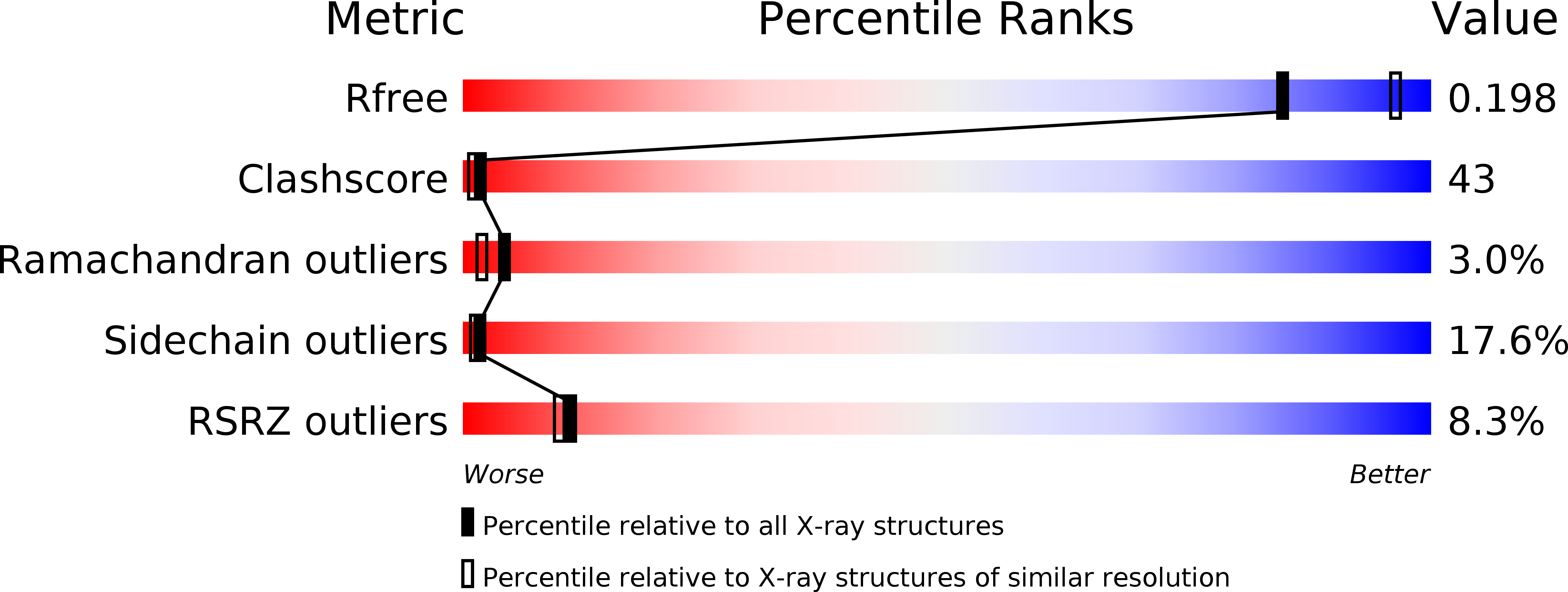
Deposition Date
2013-01-15
Release Date
2013-02-20
Last Version Date
2024-11-20
Entry Detail
PDB ID:
4IRO
Keywords:
Title:
Crystal structure of T-state carbonmonoxy hemoglobin from Trematomus bernacchii at pH 8.4
Biological Source:
Source Organism:
Trematomus bernacchii (Taxon ID: 40690)
Method Details:
Experimental Method:
Resolution:
2.20 Å
R-Value Work:
0.21
R-Value Observed:
0.22
Space Group:
P 1 21 1


